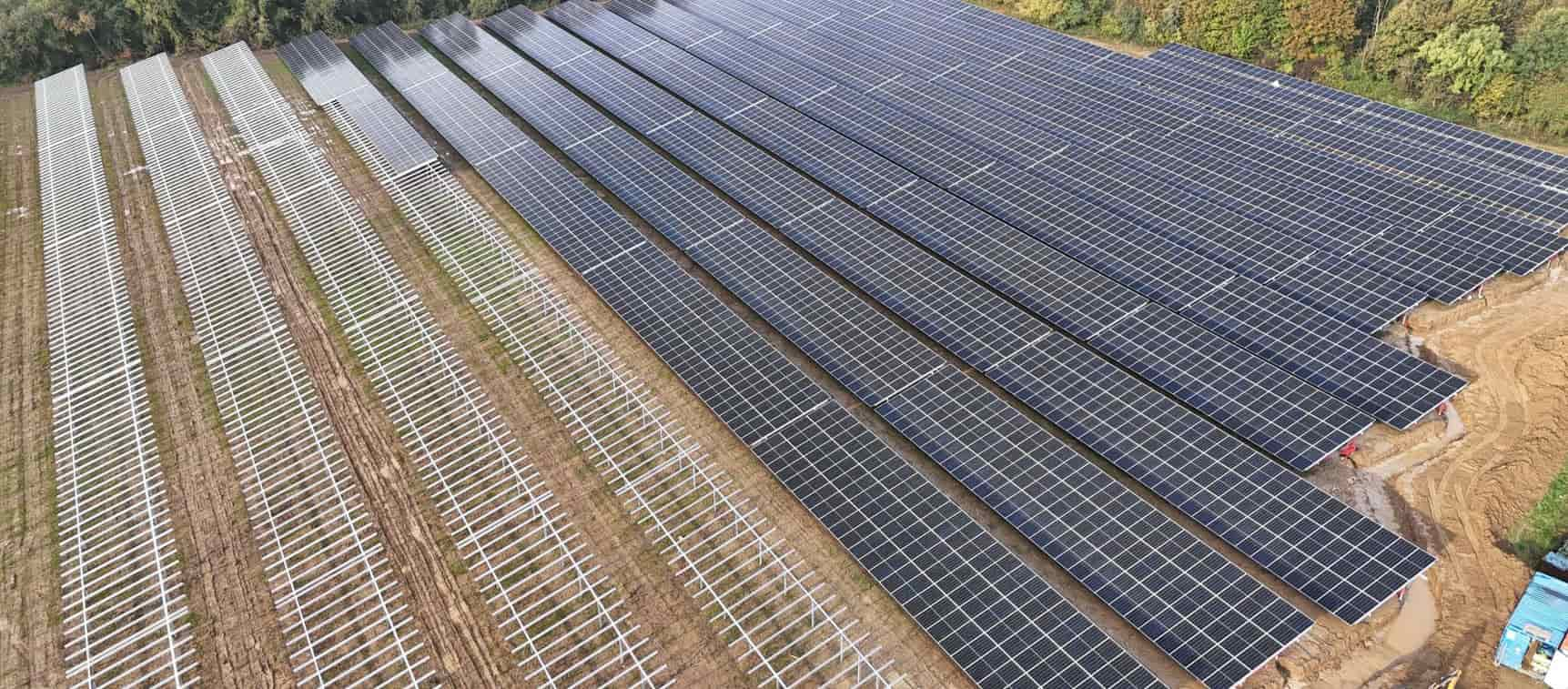In 2023, global new photovoltaic capacity will exceed 500GW!
Oct 30, 2023
Production capacity will reach 1.2TW in 2030
Most production capacity will remain highly concentrated, and China's expansion plans will far exceed those of other countries. By far, China is the largest producer, accounting for 80% of the world's production capacity.
Annual nominal solar module production capacity is expected to reach 1.2TW by the end of this decade, and using 70% of this would enable solar PV development to reach the levels projected in the Net Zero Emissions (NZE) scenario. This scenario limits global temperature rise to 1.5°C, further reducing fossil fuel use.
According to STEPS forecasts, the addition of 800 GW of solar photovoltaic capacity per year will reduce China's coal-fired power generation by 20% by 2030, and by 2030, Latin America, Africa, Southeast Asia and the Middle East will add 800 GW of solar photovoltaic capacity each year on average. 70GW solar photovoltaic capacity.
"Solar PV alone will not put the world on track to meet climate goals, but it can light the way forward more than any other clean technology," the report states.
By 2030, China's newly installed solar photovoltaic and offshore wind power capacity will be three times that of the "2021 World Energy Outlook". The Asian country is already a leader in clean energy growth, accounting for nearly half of the world's new installed solar photovoltaic and wind power capacity in 2022.
However, emerging and developing economies must join China in accelerating the pace of new renewable energy projects. To meet the requirements of the net-zero emissions scenario, investment in the energy transition will increase fivefold by 2030.
Energy demand growth remains very strong in most emerging and developing economies, and achieving cleaner electricity is key to achieving their energy and climate goals. In Indonesia, for example, the share of renewable energy in electricity generation will double to more than 35% by 2030, while in sub-Saharan Africa, meeting diversified national energy and climate goals means that by 2030, 85% of new power plants will be based on renewable energy.
"In some markets, clean energy projects are facing unfavorable factors such as rising costs, supply chain bottlenecks and rising borrowing costs. But clean energy is the most dynamic area of global energy investment. With policy and market stimulation, the next few decades will be The annual pace of clean energy development is key to explaining the differences in trajectories and outcomes under the three main scenarios.
Since 2020, clean energy investment has increased by 40%. The push to reduce emissions is a key reason, but not the only one. Mature clean energy technologies have strong economic benefits. Energy security is also an important factor, especially in fuel-importing countries, as is industrial strategy and the desire to create clean energy jobs.